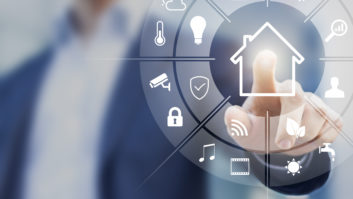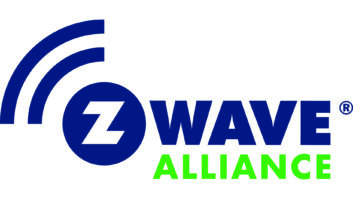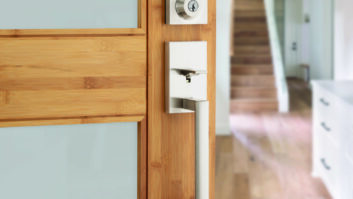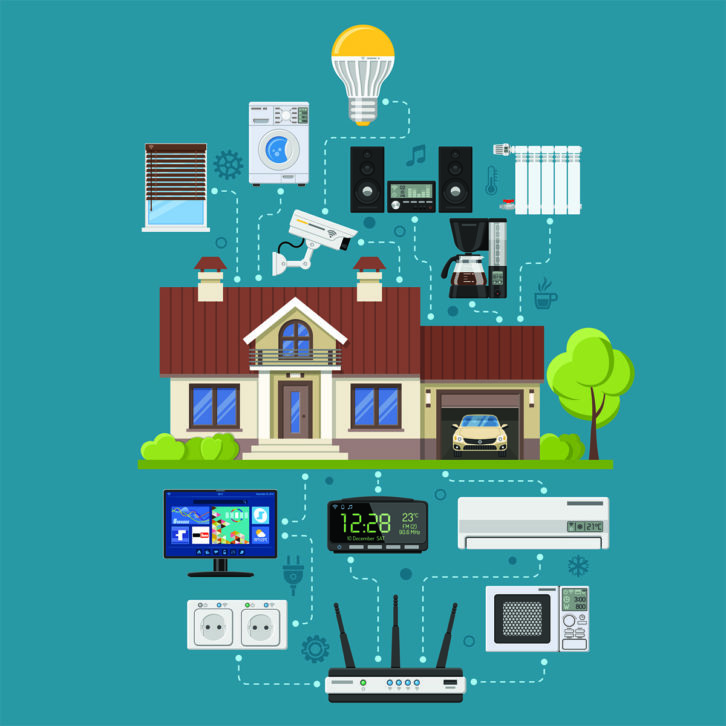
It seems like every day, there is an announcement about a breakthrough that has been made in technology. Recently, this has been especially true for smart home tech. These advancements are likely to continue as more and more consumers adopt the various devices and upgrade their current ones. What’s more, 60% of surveyed Americans reported that their smart technology made a positive impact on their lives.
What Is Smart Home Tech?
First, it is important to understand what smart home technology is and its purpose. Smart home tech is appliances or devices that can be automatically/remotely controlled via an internet-connected device. This typically includes devices like thermostats, and lighting and entertainment elements. Additionally, many kitchen appliances now have smart capabilities as well. Regardless of what the device is or its specific purpose, smart technology is typically used for convenience, safety, and efficiency. Here are five breakthroughs in smart home technology we’ve seen so far in 2023.
1. Rently Tours App and Rently Tour Manager App
Rently recently received the “Connected Home Innovation of the Year” award in the 7th annual IoT Breakthrough Awards program for their mobile apps. Their technology allows renters and property managers to manage the different smart amenities found within their properties, and this can be done from anywhere in the world so long as they have access to their app and the internet. Thermostats, lighting, video doorbells, leak detection alarms, and security items are only some of the devices that can be connected, and these controls have helped owners and renters reduce their energy consumption and keep their homes safe.
2. GE Appliances
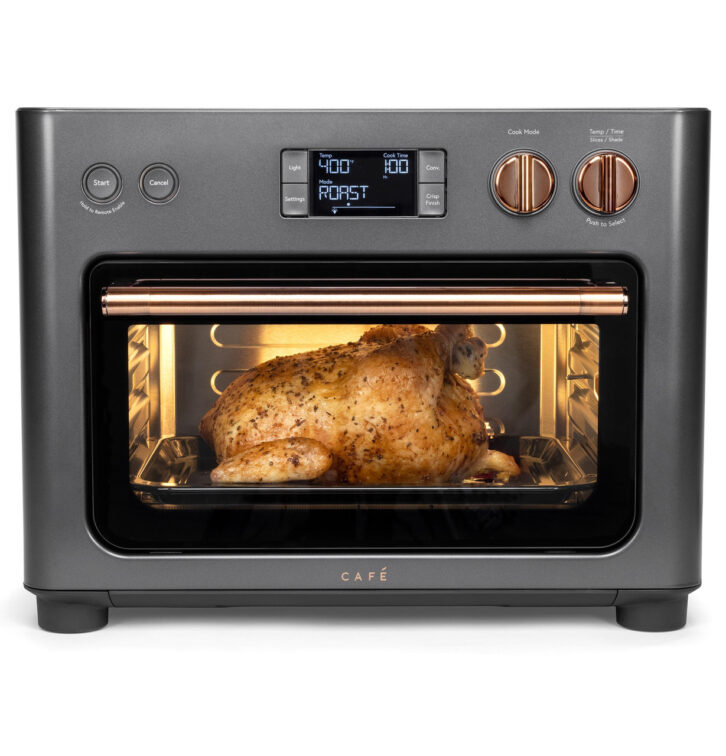
GE Appliances continues to innovate and create safe and convenient home items. In mid-2022, the company launched the first washer/dryer set with a built-in Alexa. What’s more, this version of Alexa can automatically adjust wash/dry settings based on the specified fabric type and command given. They have also made life in the kitchen easier with their countertop oven, the CAFÉ Couture Oven with Air Fry. This device offers fourteen cooking methods and is WiFi enabled. Their WiFi feature provides automatic updates and the ability to start and program cooking modes from a mobile device.
3. Matter
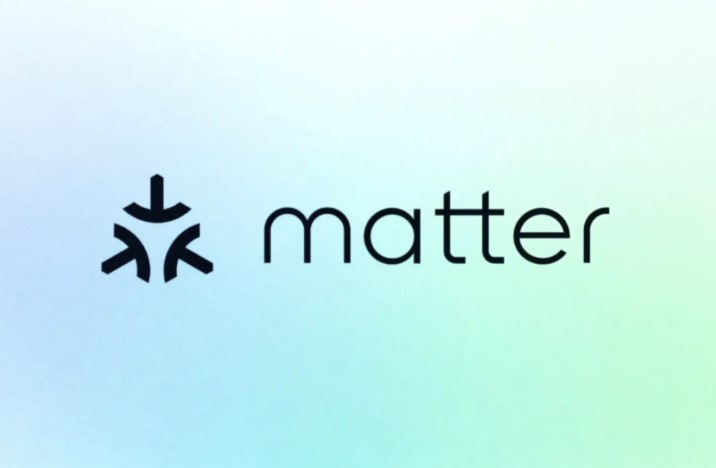 Smart devices work within a system. For them to be controlled by your phone or other mobile device, they need to be linked together. Multiple devices might be linked together, like an Alexa that can control the lighting in your home. Unfortunately, these devices need to be compatible to work together seamlessly, and typically, brands create compatibility solely within their own catalog. For example, a Google device might be unable to run Apple products because they work off a different language or set of commands.
Smart devices work within a system. For them to be controlled by your phone or other mobile device, they need to be linked together. Multiple devices might be linked together, like an Alexa that can control the lighting in your home. Unfortunately, these devices need to be compatible to work together seamlessly, and typically, brands create compatibility solely within their own catalog. For example, a Google device might be unable to run Apple products because they work off a different language or set of commands.
Matter aims to resolve this issue and has made progress towards its goal. Users can browse through various devices as long as those devices contain Matter’s connectivity language or have a hub device that provides this language. This way, users can pick the best product rather than being tied to a specific brand. The technology is still new, so there are likely to be obstacles as it integrates into the smart home space, but it does seem to be both promising and exciting for consumers.
4. Vivint – Home Security
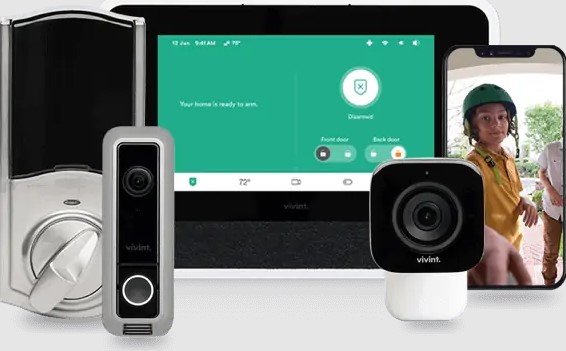
Typically, home security is thought of as intruder prevention and alerts; however, security goes much further than deterring burglars. There are also common dangers within the home, like indoor pollutants, fire hazards, and carbon monoxide. Vivint delivers protection from both internal and external hazards and has also created a plan to prevent major accidents. In particular, their fire/smoke alarm and carbon monoxide alarm systems notify residents and turn the homeowner’s HVAC system on or off, depending on the situation. They have also applied this concept to their leak or water detection systems.
These systems will protect your home and could reduce how much you pay for home/renter’s insurance. For example, the average cost for home insurance is over $1,400 per year in Canada and over $1,500 in the United States, and multiple prior claims can increase those rates. Early detection can reduce the damage incurred and the amount needed for repairs, so a claim may not be necessary to address the problem.
5. Use for Senior Citizens

Innovation occurs in many ways; in this case, the advancement comes from how the tech is used. Per the Population Reference Bureau, it is estimated that by 2060 there will be 95 million senior citizens in the United States. The majority of this population group will require some assistance, and some believe smart home technology can be used to support their care. Medication management, remote monitoring, and socialization prompts from voice assistants are just a few of the ways it can be used.
Concerns That Continue To Affect the Industry
Breakthroughs in technology are often welcomed as they improve the lives of those who are able to enjoy them. Unfortunately, there are still some concerns the smart home technology industry faces.
- Dishonest Claims About Products and Scams: Dishonesty and scams are still major concerns for many. Technology continues to advance rapidly, so people are susceptible to falling for claims that may not be true. If a product seems too good to be true, then it is best to wait for its claims to be confirmed before spending money on the hype of an item.
- Cyberattacks: Cyberattacks continue to plague the industry and its users. Any device that connects to the internet is subject to being hacked by nefarious users. They may spy on your family or seek personal information to steal from your home and your digital assets. There are many things you can do to reduce this risk, like using a strong password along with two-factor authentication, keeping your device up-to-date, and discarding old devices that no longer update.
- Bugs: All computing technology is subject to software or hardware bugs. These are errors within systems that cause disruption to services and can affect all aspects of a system. Some examples include app force closing, issues connecting, vulnerabilities to cybersecurity features, specific service issues like command failure, and more. These bugs are typically automatically reported to designers and are usually addressed through updates; nevertheless, they are an inevitable part of technology.
Conclusion
It is clear that smart home technology will continue to advance, and people will reap its benefits, although we are still far from total automation within our homes. Regardless, mobile remote controls, product coordination, voice commands, and health and wellness monitoring breakthroughs are all accomplishments to celebrate despite the challenges of software bugs and cybersecurity concerns.







